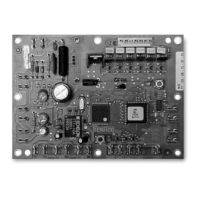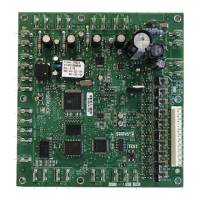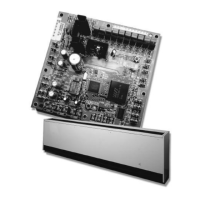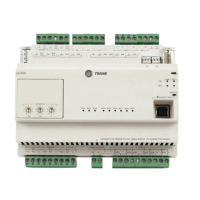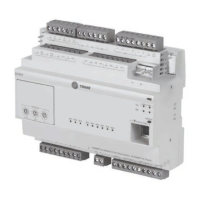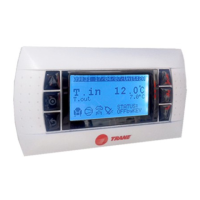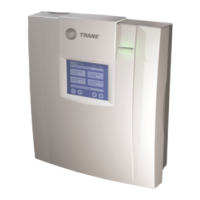Chapter 9 PID control
72 CNT-SVX12C-EN
Tips for specific problems
Table 21 provides tips for troubleshooting specific problems.
Changing the sampling frequency
The major cause of actuator cycling is time lags in the system. If a 10%
change in PID output requires two minutes to affect the process variable,
it does no good to have the sampling frequency set to two seconds. The
integral contribution will build up before any significant change in error
can be measured. A sampling frequency of 30 to 60 seconds would work
much better in this situation. In other words, to fix a cycling system, slow
down the loop! See “Sampling frequency” on page 65 for more informa-
tion.
Changing the gains
Be careful when changing PID gains. Never change gains unless the
effects can be measured. Use a doubling/halving technique when increas-
ing or decreasing gains. If the PID gains are set to 4, 1, and 0 respectively,
and you are going to reduce them, try 2, 0.5, and 0. If the system now
undershoots, try gains of 3, 0.75, and 0 respectively.
Table 21. Tips for specific problems
Problem Tips
Measured value is cycling
around setpoint
• Slow the sampling frequency
• Decrease PID gains
Overshooting setpoint Reduce gains
Undershooting setpoint Increase gains
Output at maximum Ensure that minimum output is not set to 100%
Output at minimum Ensure that maximum output is not set to 0%
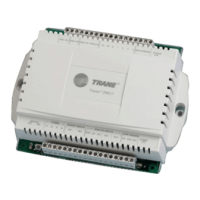
